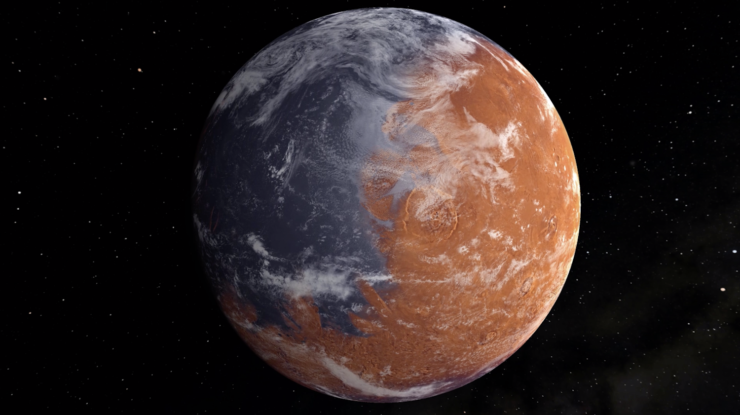SF fans of a certain age may have read Jerry Pournelle’s fascinating 1975 essay “The Big Rain,” which assured readers that
Not only can we terraform Venus, but we could probably get the job done in this century, using present-day technology. The whole cost is unlikely to be greater than a medium-sized war, and the pay-off is enormous: a whole New World, a frontier to absorb adventurers and the discontented.
As it happens, Pournelle’s assessment of the situation was rather optimistic. Luminaries like Martyn Fogg, burdened as they are with more detailed knowledge of the difficulties involved, indicate the time and expense to terraform Venus would be vastly more than Pournelle suggested.
As much fun as it would be to poke holes in “The Big Rain”—tremendous fun; I could do it all day—one cannot deny that the notion of insta-terraforming has often appealed to science fiction writers. After all, it’s pretty clear from looking around the Solar System that planets are more likely to be uninhabitable than habitable. Being able to Earthify alien worlds by tossing a handful of algae at them and waiting a century or two is an enormous plot enabler. It’s easy to rattle off a list of SF authors who gleefully leapt on the idea.
A much smaller subset of those authors concerned themselves with an interesting implication of insta-terraforming. If it’s so easy to terraform worlds, it probably even easier to un-terraform them. The universe favours disorder, after all. Those artificial paradises might prove terribly fragile, particularly if their creators happen to come from a species that finds infrastructure maintenance boring. Here are five examples…
A Princess of Mars by Edgar Rice Burroughs (1912)
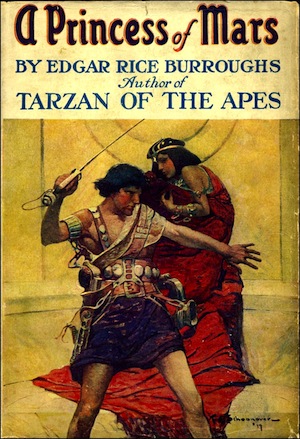
A Princess of Mars is at best an edge case. Burroughs’ Barsoom (as he calls Mars) wasn’t terraformed. It is the victim of planetary senility. However, keeping the world marginally habitable does depend on applied technology. In fact, one crucial part of the system is both highly centralized and, as the plot reveals, insufficiently maintained.
The air that the Martians of all species breathe is created by a single air facility. Readers might expect that this fact would strongly encourage the quarrelling Martians to ensure that the facility is maintained. The arrangement they appear to prefer is assuming that there will always be at least one sufficiently motivated person on the planet who is heroic enough to deal with any breakdowns. This approach seems…haphazard but, as the novel makes clear, it is sufficient for their needs.
The Oxygen Barons by Gregory Feeley (1990)
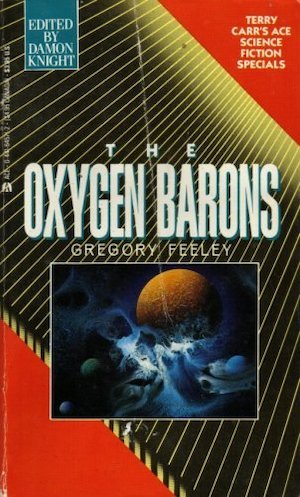
Having very nearly terraformed the Moon, its proud inhabitants declared a Lunar Republic and independence. A less than united independence, as irreconcilable ideological differences between revolutionaries drove a de facto split into two (or perhaps more) Lunar nations. Independence was even more fragile thanks to Earth loyalists (who sustained an interminable civil war) and Earth’s retaliatory embargo of the Moon.
The catch is that the Moon is small and any ecosystem requires constant upkeep. Absent the vast off-moon investments needed to import volatiles and pay for managing the fragile ecosystem, the Moon will revert to a state of nature. That is, lack of nature.
As protagonist Galvanix discovers, the great powers to whom the Lunars might otherwise turn have problems of their own and are largely indifferent to the fate of the Moon. It is possible that declaring independence before the Moon was able to sustain itself was an error.
Red Dust by Paul McAuley (1993)
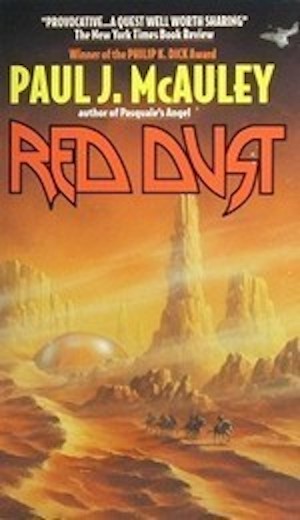
Chinese state policy decreed the terraforming of Mars. A mere six centuries later and the Red Planet is a veritable Barsoom, an arid world on which genetically engineered life abounds. As with Barsoom, keeping Mars life-bearing depends on ongoing effort. Unlike Barsoom, the powers that be are not merely indifferent to the issue of maintenance. They are actively hostile.
Cultists following the Golden Path believe that they must return Mars to its natural state. All life on Mars will end. Being one of the living entities on Mars, this would be highly inconvenient for Wei Lee. Wei Lee is no John Carter of Mars. Nevertheless, circumstances will force him into a heroic role.
Re-Entry by Paul Preuss (1981)
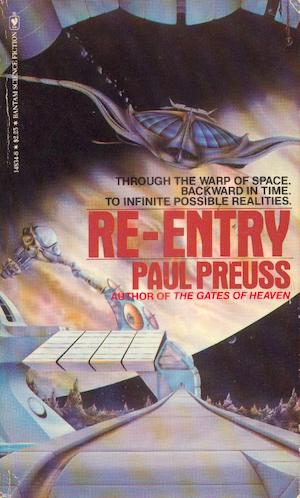
Once lifeless, the planet Bounty was transformed almost overnight into a garden world. A better term might be “bread basket.” Bounty’s crops fed billions back on Earth. Bounty’s new ecosystem proved fatally fragile. The famines that followed the chaotic collapse killed a billion people. The new world order that arose in the aftermath takes a very conservative approach to planetary management.
Not that that directly concerns Philip Holder. Holder is obsessed with an implication of faster-than-light travel: the right path through superspace leads not just to another star but back in time. Armed with that knowledge, Holder sets out to correct history he deems horribly wrong, pursued by a government agent determined to protect the status quo at all costs.
The Depths of Time by Roger MacBride Allen (2000)
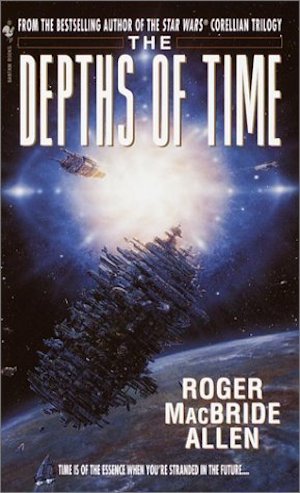
Three technologies have allowed humans to spread across the galaxy. Wormholes through space-time lead across light-years and into the past. Cold-sleep allows travelers to sleep away temporal displacement until they resynchronize with the present. Terraforming turns dead worlds into garden planets. The only limit to terraforming: the number of barren worlds suitable for terraforming. Or so it seems.
In practice, terraforming is difficult. It is more apt to go horribly wrong than to go right. The world Solace is one of those “it didn’t work” cases. At first it seems like a success story. But Admiral Koffield knows the world is actually on the path towards disaster. As was the custom back in 2000, the author crafts a cliff-hanger ending of trilogy-justifying extent.
***
Failed terraforming seems like a development friendly to plots. After all, nothing inspires characters to get off their comfortable recliners like impending death. However, further examples of this very specific subgenre do not readily come to mind. If readers can think of works I’ve overlooked, comments are, as ever, below.
In the words of fanfiction author Musty181, four-time Hugo finalist, prolific book reviewer, and perennial Darwin Award nominee James Davis Nicoll “looks like a default mii with glasses.” His work has appeared in Interzone, Publishers Weekly and Romantic Times as well as on his own websites, James Nicoll Reviews (where he is assisted by editor Karen Lofstrom and web person Adrienne L. Travis) and the 2021 and 2022 Aurora Award finalist Young People Read Old SFF (where he is assisted by web person Adrienne L. Travis). His Patreon can be found here.










